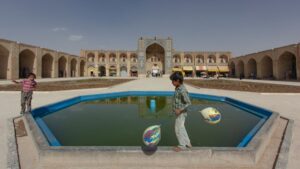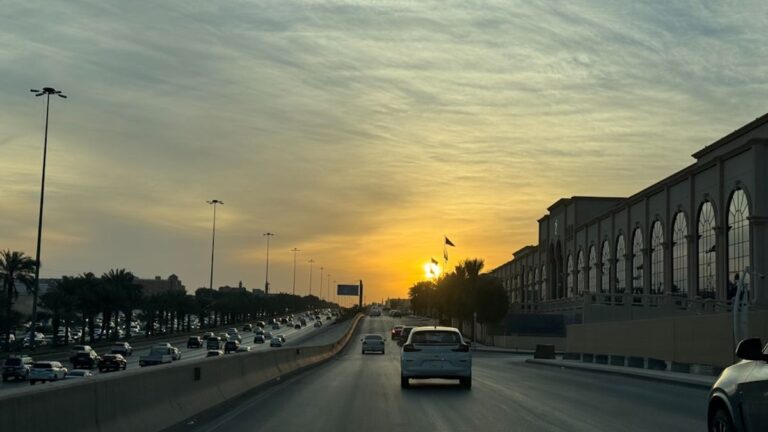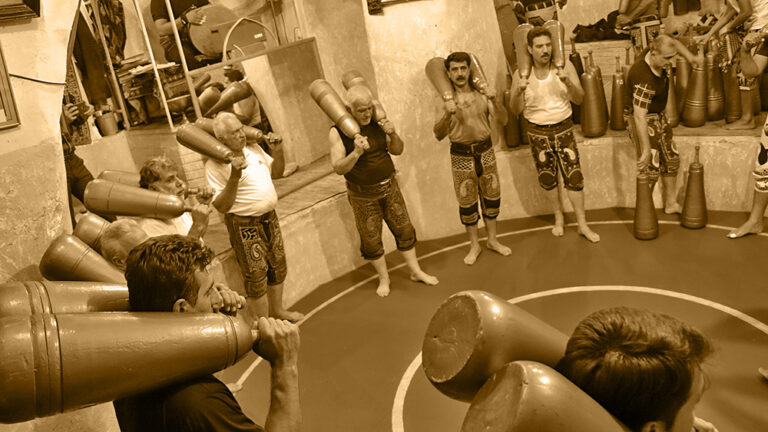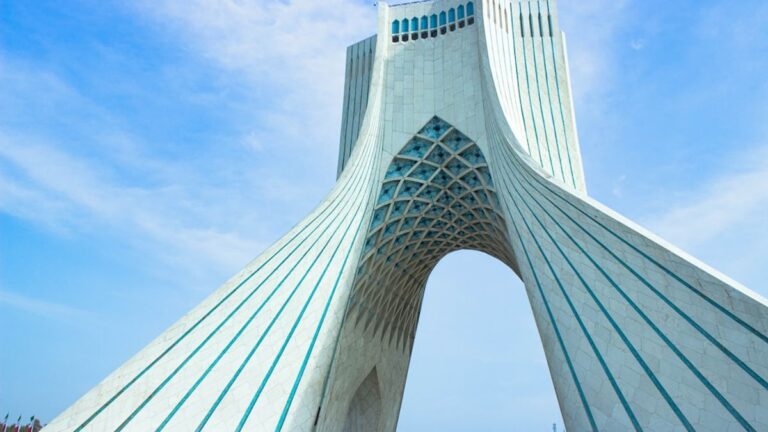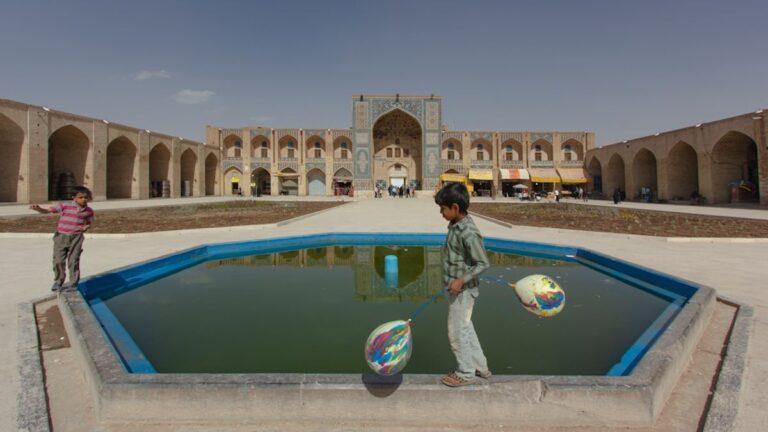A History of Fan Restrictions in Iranian Football
As a passionate follower of Iranian football, I’ve always been struck by the palpable energy of the fans, even when restrictions loom large. Since the 1979 revolution, women were largely banned from attending football matches. This blanket restriction led to a distinct absence of female voices in the stands, a reality that was jarring for a country where football is the heartbeat of sports culture. The restrictions were rooted in cultural and political beliefs, and despite widespread debate and international criticism, they remained steadfast for decades.
While these restrictions were initially seen as unyielding, the pressure from international football bodies like FIFA eventually led to incremental changes. FIFA’s insistence on gender equality in stadiums has been a constant beacon of hope for many fans. Despite these efforts, the journey toward unrestricted stadium access has been fraught with challenges and complexities.
The Current State of Stadium Access for Women
Today, the landscape is slowly evolving. Although progress is gradual, limited numbers of women have been allowed to attend certain matches. These opportunities often come with strict conditions and are typically confined to a special section in the stadium. I remember speaking with a friend who was one of these few women. She described the experience as both exhilarating and surreal, being part of a live match after years of watching from afar.
The changes, though small, signify a shift in the right direction. However, these concessions are not without their drawbacks. The limited tickets and controlled environments are far from the ideal of equal access. Yet, they offer a glimmer of hope for broader societal changes concerning women’s rights and social freedoms in Iran.
The Azadi Stadium: A Symbol of National Pride and Footballing Passion
The Azadi Stadium, with a capacity of over 78,000, stands as a monumental symbol of national pride and footballing passion. Nestled in Tehran, it is one of the largest football stadiums in Asia. The atmosphere inside during Team Melli matches is legendary for its intensity and fervor. It’s a place where voices merge into a single, roaring entity, pushing their team to new heights.
For many Iranian fans, Azadi is more than just a stadium; it’s a sacred ground where history is made and collective memories are forged. Walking into Azadi, you can feel the weight of its legacy, a testament to the enduring spirit of Iranian football.
Recent Developments and Challenges to Fan Access
In recent years, there have been several high-profile incidents highlighting the ongoing challenges faced by female football fans. These incidents have sparked outrage and mobilized support for more inclusive policies. While there have been some victories, setbacks are frequent, reminding everyone that the road to equality is long and winding.
Despite these challenges, the recent developments indicate a slow but steady march toward change. FIFA’s pressure on Iran to allow unrestricted access for women continues to be a pivotal force. Each match that sees women in the stands is a small victory, a step closer to normalizing their presence in what was once an exclusively male domain.
The Impact of Fan Presence on Team Melli’s Performance
There’s no denying the impact of a passionate crowd on a team’s performance. The presence of fans, especially in a place as iconic as Azadi Stadium, can significantly boost Team Melli’s morale and performance. The roar of the crowd serves as a powerful motivator, fueling the players’ drive and determination on the field.
I recall attending a match where the energy was so electrifying that it felt as though the stadium itself was alive, pulsating with every cheer and chant. Such an environment can be intimidating for opponents and invigorating for the home team, highlighting the importance of a supportive and vocal fanbase.
Social Media’s Role in Amplifying Fan Voices and Demands
In the digital age, social media platforms have become crucial tools for Iranian football fans. They organize, share information, and express their opinions, creating a virtual community that transcends physical barriers. Platforms like Twitter and Instagram have been instrumental in amplifying the voices of fans advocating for change.
Through social media, fans have been able to document their experiences, share stories, and rally support for greater inclusivity in stadiums. This online activism has played a significant role in keeping the dialogue alive and ensuring that the call for equality remains loud and clear.
The Future of Fan Participation in Iranian Football: Hope for a More Inclusive Atmosphere
Looking ahead, there is genuine hope for a more inclusive atmosphere in Iranian football. The ongoing dialogue, both domestically and internationally, suggests that change is not only possible but inevitable. The issue of stadium access for women is now intertwined with broader discussions about women’s rights and social freedoms in Iran.

As we move forward, the vision is clear: a future where fans of all genders can come together to support their team without restrictions. It’s a future where the roar of Azadi Stadium is a harmonious blend of voices, united in their love for the beautiful game.
In conclusion, while challenges remain, the spirit of Iranian football fans is indomitable. Their passion and perseverance are vital forces driving the movement toward a more inclusive and equitable sporting environment. As we witness this evolution, one can only hope that the roar of Azadi Stadium will soon reflect the diversity and unity of all its supporters.
By: Sarah Miller
About the Author
Sarah Miller
Sarah Miller is a freelance journalist specializing in Middle Eastern sports and culture, with a focus on the intersection of politics and athletic expression.
Persian Sports Legacy
Iran’s Wrestling Dynasty
Iran’s Football Journey
Future Athletic Developments
Core Components of Team Melli
For anyone serious about team melli, developing a structured approach is essential for long-term progress.
Effective preparation for team melli involves attention to multiple dimensions of performance. Physical readiness, mental focus, and environmental factors all contribute to outcomes. Addressing each area systematically produces better results than focusing on just one.
Elevating Your Team Melli Performance
Dealing with setbacks in team melli builds character and resilience. How you respond to difficulties determines whether obstacles become roadblocks or stepping stones. Cultivate a growth mindset toward challenges.
Your team melli journey is uniquely yours to shape. While guidance from others provides valuable direction, ultimately you must discover what approaches work best for your situation and goals.
Core Components of Team Melli
For anyone serious about team melli, developing a structured approach is essential for long-term progress.
Effective preparation for team melli involves attention to multiple dimensions of performance. Physical readiness, mental focus, and environmental factors all contribute to outcomes. Addressing each area systematically produces better results than focusing on just one.
Elevating Your Team Melli Performance
Dealing with setbacks in team melli builds character and resilience. How you respond to difficulties determines whether obstacles become roadblocks or stepping stones. Cultivate a growth mindset toward challenges.
As you continue developing your team melli abilities, remember that mastery is a process rather than a destination. Each day offers opportunities to improve, regardless of current skill level.
Common Challenges in Team Melli
Every team melli practitioner faces obstacles on their journey. Plateaus in progress test commitment and require patience to overcome. External pressures and competing priorities demand effective time management. Self-doubt occasionally undermines confidence despite objective evidence of improvement. Recognizing these challenges as normal parts of the process helps maintain perspective. Connect with others pursuing similar goals to share experiences and strategies. Sometimes the best approach to a stubborn problem is stepping back briefly before returning with fresh perspective. Persistence through difficulties builds resilience that serves you well beyond any single pursuit.
Common Challenges in Team Melli
Every team melli practitioner faces obstacles on their journey. Plateaus in progress test commitment and require patience to overcome. External pressures and competing priorities demand effective time management. Self-doubt occasionally undermines confidence despite objective evidence of improvement. Recognizing these challenges as normal parts of the process helps maintain perspective. Connect with others pursuing similar goals to share experiences and strategies. Sometimes the best approach to a stubborn problem is stepping back briefly before returning with fresh perspective. Persistence through difficulties builds resilience that serves you well beyond any single pursuit.
Resources for Team Melli Improvement
Quality resources accelerate team melli development significantly. Books, courses, and instructional materials provide structured learning paths. Online communities offer support, accountability, and diverse perspectives. Mentors and coaches provide personalized guidance tailored to your specific needs. Evaluate resources critically before investing time or money—popularity does not guarantee quality. Seek recommendations from trusted sources who understand your goals. Balance consumption of information with actual practice; learning without application produces limited results. Build a personal library of materials you can revisit as your understanding deepens.
Maintaining Motivation for Team Melli
Sustaining motivation through the inevitable ups and downs of team melli pursuit requires multiple strategies. Connect your practice to deeper values and purposes that transcend immediate outcomes. Vary your routine to prevent staleness while maintaining productive structure. Set both short-term and long-term goals to provide direction at different scales. Celebrate achievements appropriately without becoming complacent. Remember why you started when enthusiasm wanes. Accept that motivation naturally fluctuates and develop discipline to carry you through low periods. Renewal often follows periods of doubt for those who persist.


